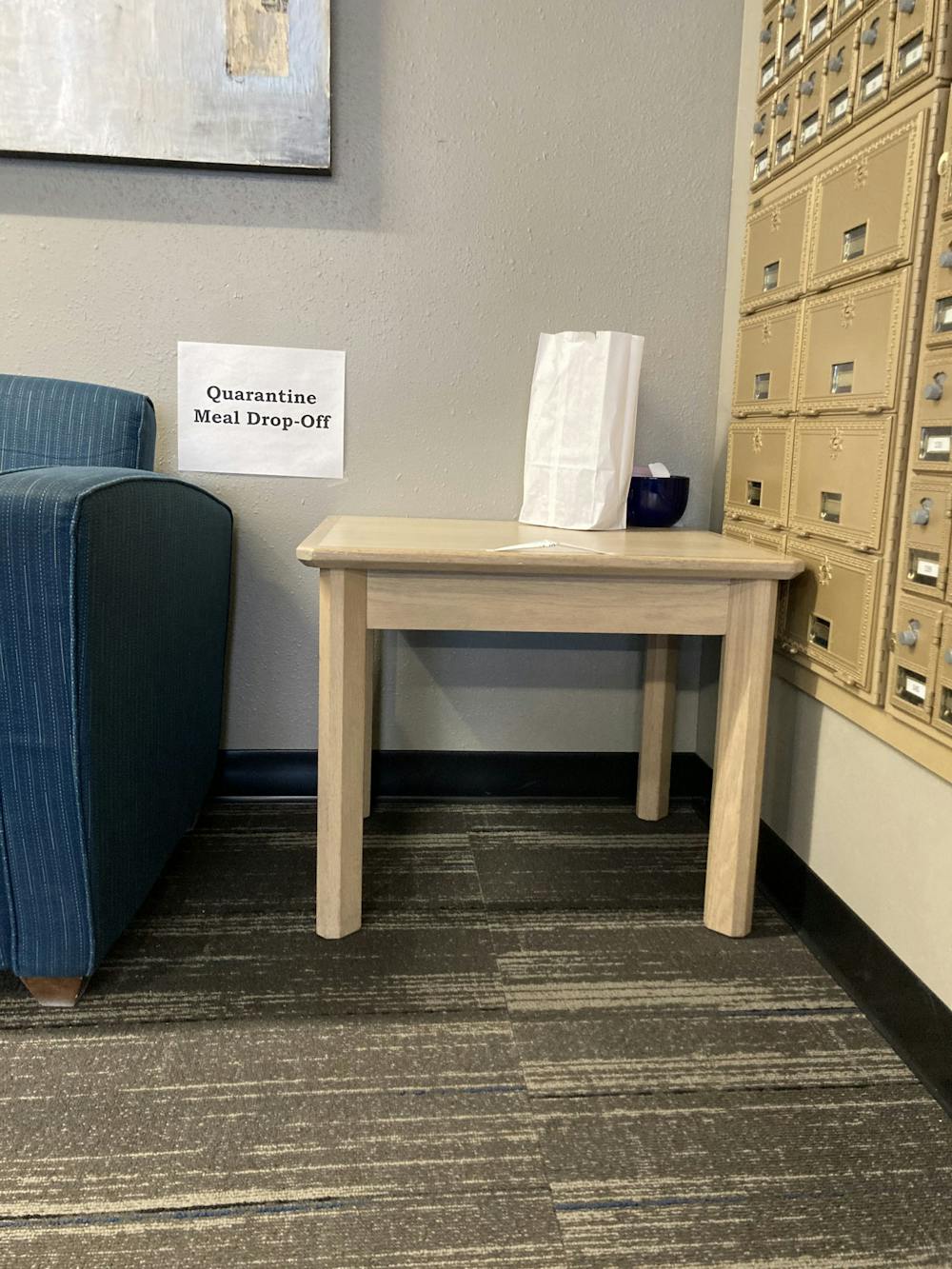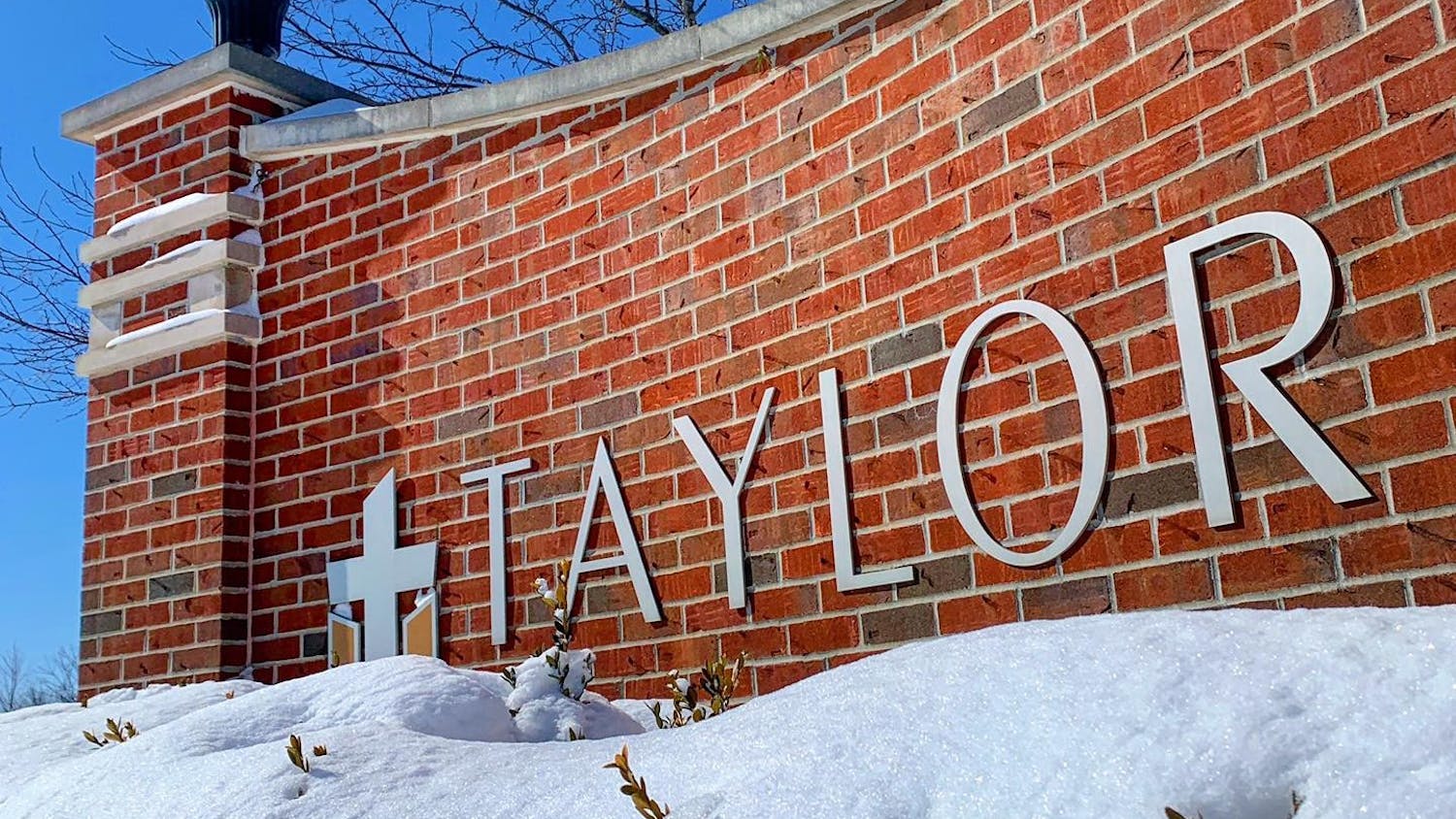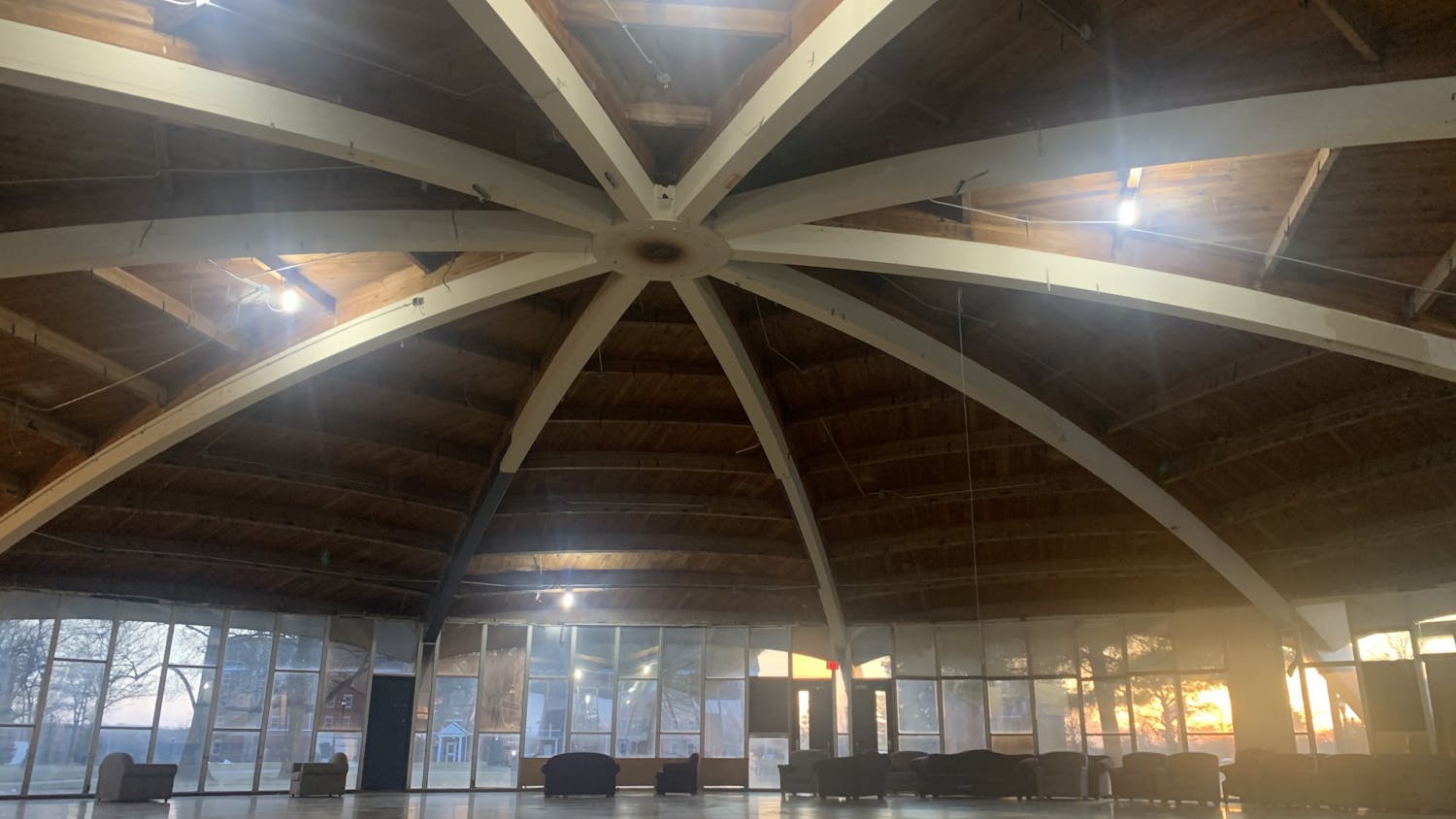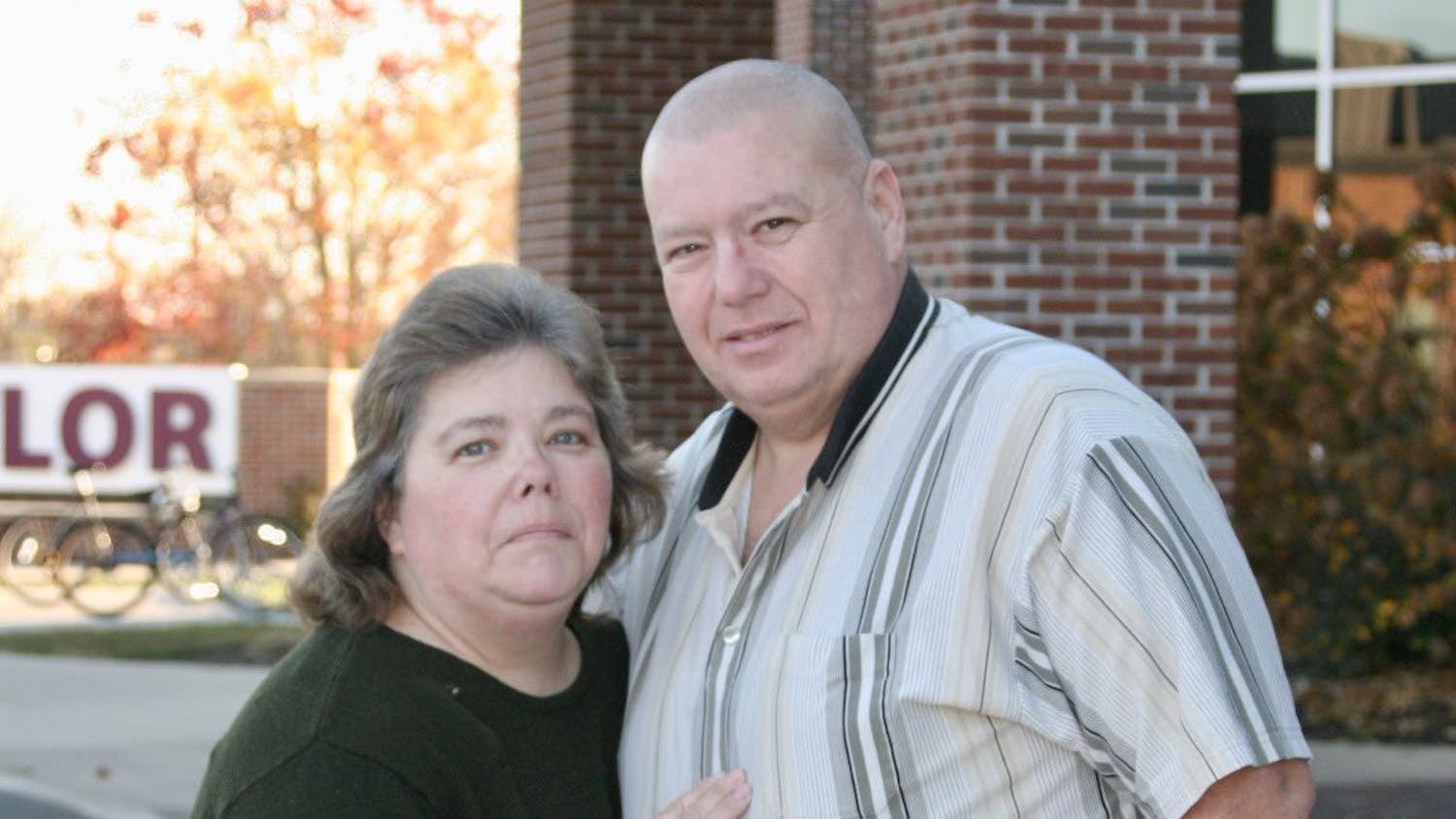In the last year, the way Taylor students acquire meals has changed, especially for those in quarantine or isolation due to COVID-19.
For Nathaniel Malone, dining service director at Taylor, the hardest factor has been keeping a wide enough menu rotation to provide for everyone while still following COVID-19 guidelines and reduced staff levels.
“We have had to pivot constantly in order to meet demand and not knowing what tomorrow will bring everyday makes planning difficult,” he said. “Our employee safety is a top concern and knowing that they are in a highly exposed area has caused us to implement new standards to help them stay safe and limit their exposure to those that they serve.”
Students in quarantine can either fill out meal tickets and have others on their floor pick up their meals from the Dining Commons (DC), or order their food through the Eatable App. To order through the app, the recipient must request their lunch and dinner, and then their breakfast for the following day by 9:30 a.m.
While placing the order, students have the option to select their dietary restrictions, which works under the same menu rotation as The Zone in the DC. The Zone offers one entre, side and dessert without the eight major allergens each day.
Once their order is placed, the meals will be delivered to the respective residence halls, and someone outside of quarantine is tasked with retrieving the food for those on their floor with orders waiting. However, there are not consistent delivery times which has posed problems with students being able to eat regularly.
For sophomore Bella Anderson, eating while in quarantine has been difficult.
“I didn’t know when (food) would arrive in my dorm, and when it did arrive I had no way to know that it was there,” she said. “The food was not the best… there were many meals that I threw out.”
Most meals consisted of a canned vegetable, some sort of meat and a piece of bread. The small portions, especially after sitting out for a long time, left Anderson often relying on others collecting meals for her from local businesses, which was frustrating as she was already paying for a meal plan.
Anderson shared her first week of quarantine with her roommate, sophomore Lydia May. After May tested positive and Anderson tested negative, Anderson was quarantined in their room alone for another week and May went to “the dome” — the old Taylor bookstore that has been converted into living quarters for those who test positive on campus.
In May’s opinion, the dome food was much better than the quarantine food.
“Once a day we would get a large serving of something we could heat up in our microwave like pasta or a salad,” she said. “We also had different kinds of groceries throughout the dome like cereal, juice and chips.”
However, the problems didn’t go away in the dome. There would be large deliveries of one item that everyone would eat for a few days.
“It was inconsistent on when we would get food delivered and you never knew when it was coming,” May said. “We had days when we had more than enough food and others when we had to be creative with how we would eat.”
These issues have not gone unnoticed by Taylor dining services, who has been working all year to come up with a smoother system. Some student suggestions have included notifications through the eatable app when their food is delivered, and offering food from the Student Center as well.
For the most part, Malone would prefer to go back to the way things were with food in the fall of 2019. However, he’s felt that his team has learned some good lessons.
“We have gained invaluable experience with crisis management, workplace safety and non-traditional forms over leadership and communication,” he said. “We may continue to do some form of meal delivery for sick students post-COVID as well. It is too early to have any concrete answers around this question.”





